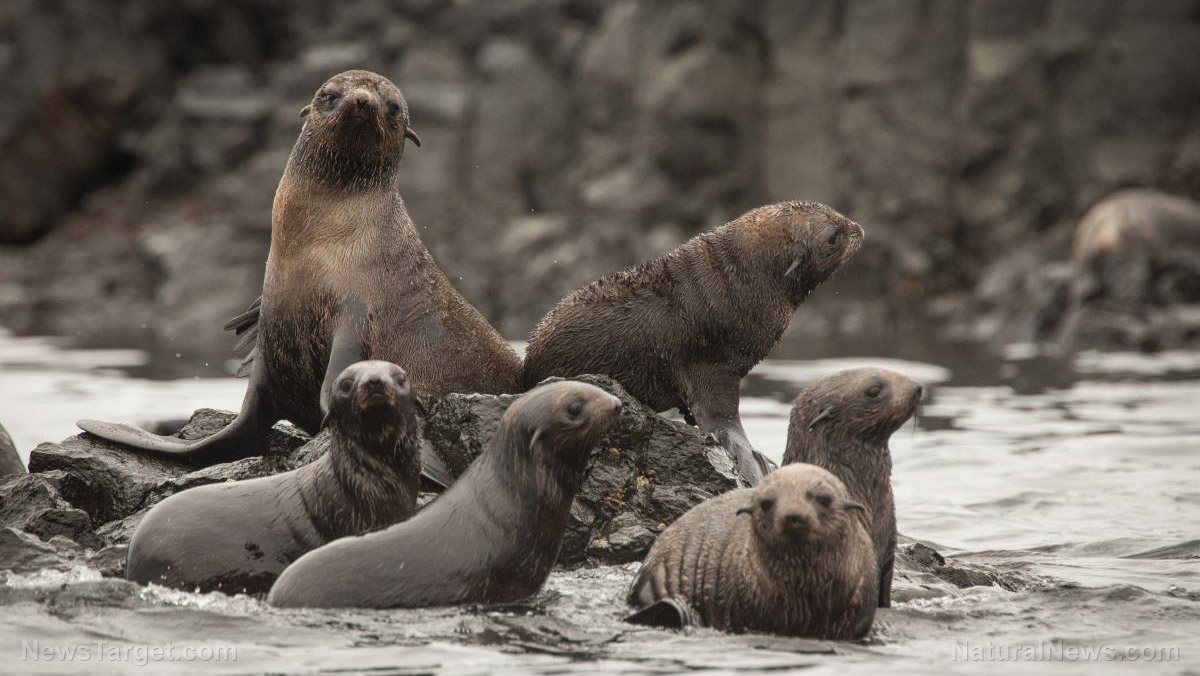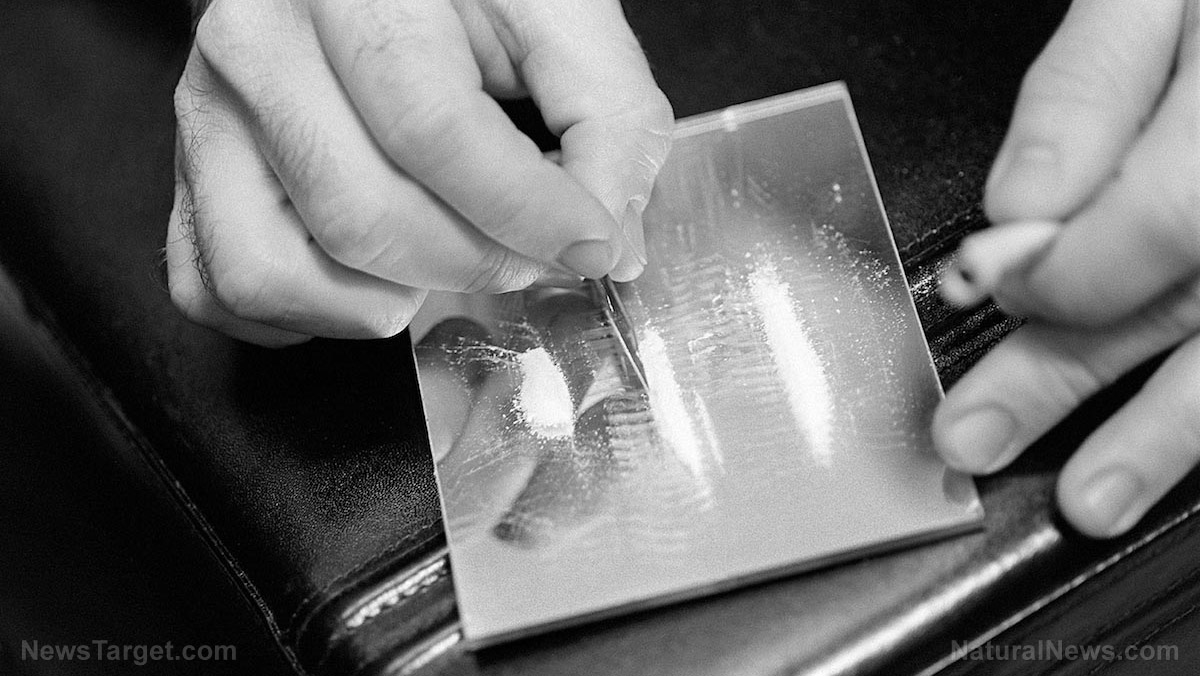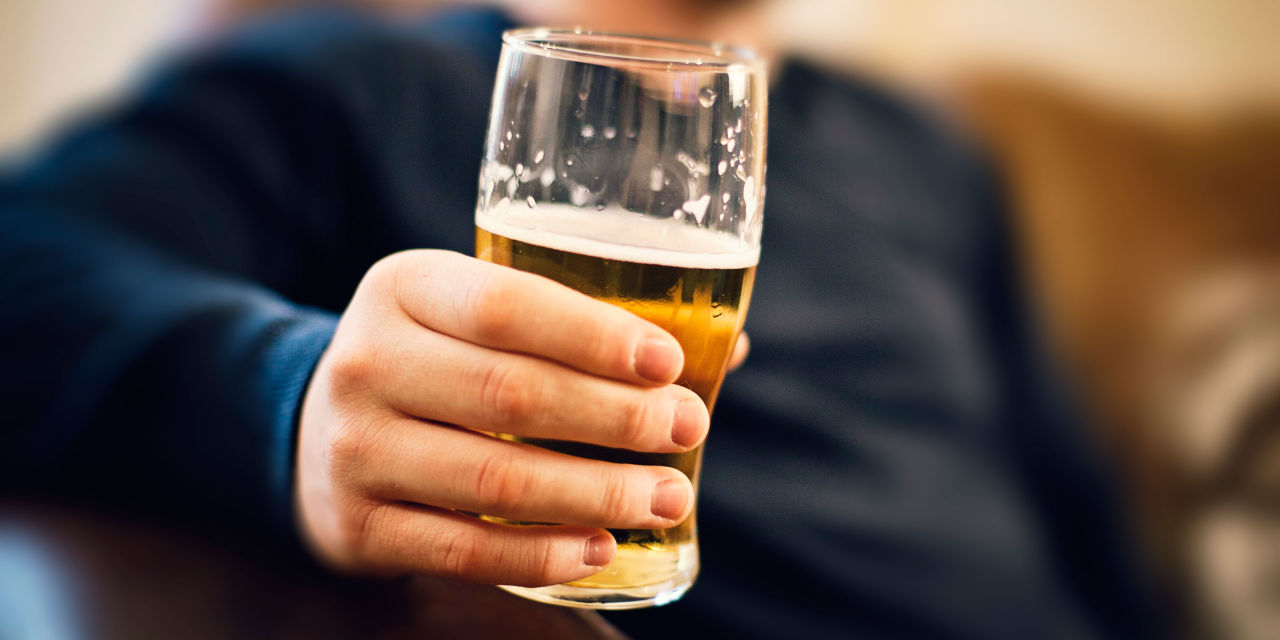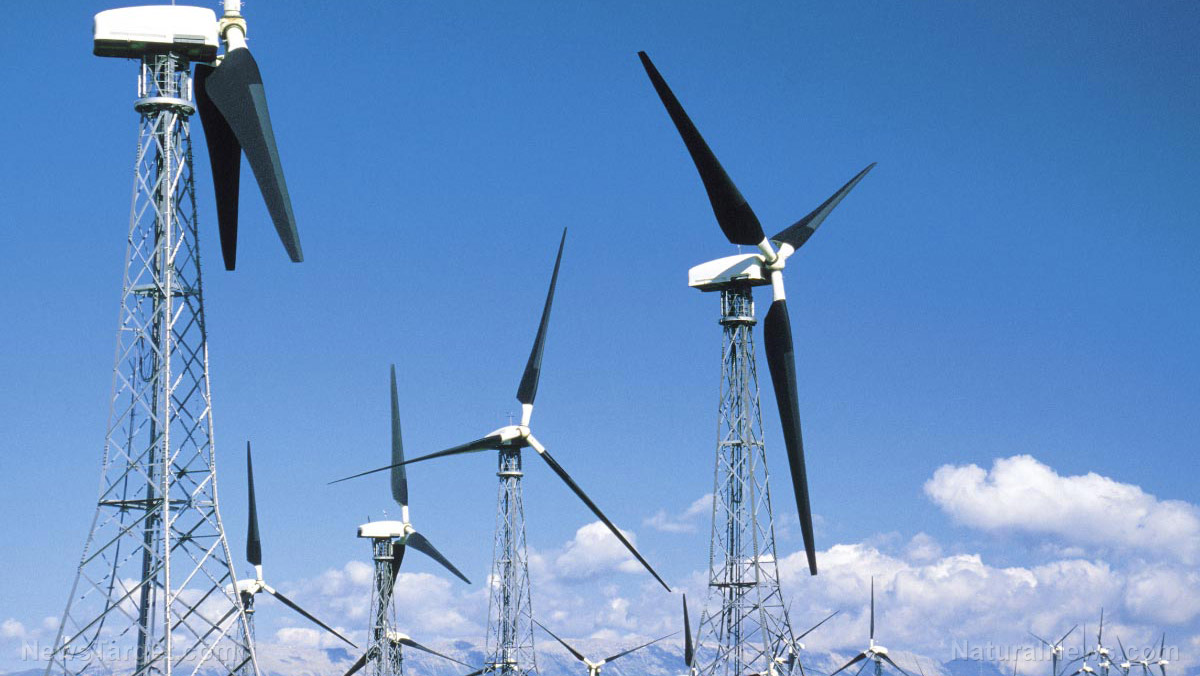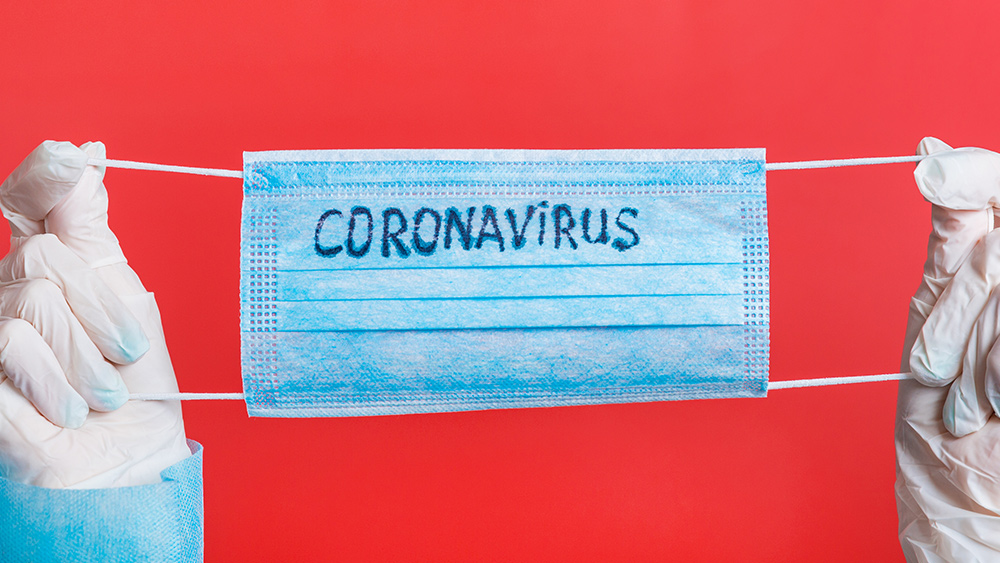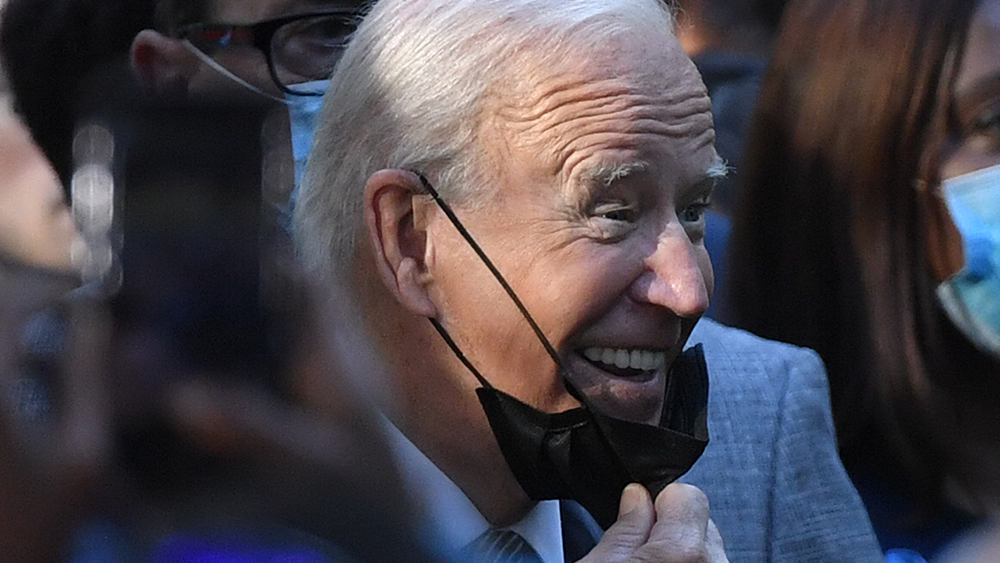Americans are now drinking biosludge water recycled from raw human sewage
08/22/2022 / By Belle Carter

The worst recorded drought in modern history has left farmlands dry, causing diminished feed available for livestock in the agricultural areas of the United States. The dry spell has also caused shortages in drinking water.
Some states such as Texas, which is very much affected by the drought, have already legalized a water recycling method known as direct potable reuse (DPR).
The process involves sending treated sewage water directly to a drinking water system for distribution to communities. This differs from indirect potable reuse, where water spends time in a substantial environmental barrier such as an underground aquifer or in a reservoir.
This method is case-by-case basis legal in Arizona. Other states are also in the process of formulating regulations to legalize it, including California, Colorado and Florida.
According to so-called experts, drinking water that was recently flushed down the toilet bowl, shower drain or kitchen sink isn’t really bad as the water produced by DPR meets federal drinking water quality standards.
“People need that change in mindset, forgetting where your water came from and focusing more on how clean it is when it is in front of you,” Dan McCurry, a civil and environmental engineering professor at the University of Southern California, told CNBC.
Big Spring and Wichita Falls, both located in Texas, have already used DPR to boost the cities’ drinking water supply. According to reports, Wichita Falls implemented DPR starting in July 2014 for about a year. This was their emergency solution to the historic five-year drought.
As per Chris Horgen, the city’s public information officer, DPR produced five million gallons of treated water each day in the city, representing a third of the drinking water distributed to taps.
“The state was that close to delivering water bottles to us in that final year. That is what would have happened without DPR,” he said. McCurry said that DPR involves sewage water being treated at a wastewater treatment plant, which cleans it to a level that meets the standards for irrigation or for watering land and crops.
The water then gets sent to an advanced purification facility, which the professor stated cleans the water even more. Water is put through a three-step process that ensures it meets or even exceeds state and federal standards for drinking water quality.
“By this point, the water is clean. Still, it then goes into an ‘environmental buffer’ like an underground aquifer, where it can spend months or even years undergoing further filtration. Finally, it goes to a drinking water system for distribution,” McCurry said.
California to implement DPR system soon
The State Water Resources Control Board has been commissioned by solons to come up with a plan for uniform regulations on DPR by Dec. 31, 2023. El Paso, San Diego and especially Los Angeles, are planning to implement the system once the DPR state regulations are already set.
Jesus Gonzalez, manager of water recycling policy at the L.A. Department of Water and Power, said a DPR demonstration facility near the Headworks Reservoir East is being looked at as the state’s first approved DPR project.
He added that it will take advantage of recycled water produced by a facility in Glendale, but the water will not be added to the drinking water system just yet. (Related: Los Angeles to recycle BIOSLUDGE into tap water; Angelenos will soon be drinking recycled diarrhea and urine from the tap.)
“This is going to be the future of L.A.’s water, the future of the state’s water supply,” Gonzalez said.
He added that the Headworks project is set to come online soon after the regulations are in place, tentatively within the next five years.
Meanwhile, L.A. Mayor Eric Garcetti said that by 2035, 100 percent of the wastewater will be recycled back through Angelenos’ taps through the Hyperion water reclamation plant, which currently only treats wastewater for release into Santa Monica Bay.
The goal is to transform the reclamation plant into an advanced purification facility that supposedly produces water that is clean enough to drink straight out of the tap.
The mayor’s vision may sound ambitious and analysts have questioned if the existing water infrastructure could be properly maintained.
The Hyperion plant suffered catastrophic flooding last year that led to 17 million gallons of untreated sewage being dumped into the ocean. According to court documents, the incident also caused millions of gallons of drinking water to be diverted for uses normally served by recycled water. Residents of El Segundo sued the city over alleged exposure to toxic pollutants in the wake of the spill.
Visit Biosludge.news for more news related to toxic sewage water.
Watch the below video that talks about what contaminants or chemicals are in an area’s tap water supply.
This video is from the Self-Government channel on Brighteon.com.
More related stories:
“Forever chemicals” from biosludge fertilizers threaten existence of farms in Maine.
California to start recycling sewer water into tap water… and yes, it’s full of insane chemicals.
BIOSLUDGE BREW? California brewery now making beer out of recycled human sewage water… for real.
Sources include:
Submit a correction >>
Tagged Under:
biosludge, California, clean water, Collapse, dangerous, direct potable reuse, DPR, Drought, Los Angeles, rationing, scarcity, sewer water, tap water, Texas, water filtration, water purification, water recycling, water supply, water system
This article may contain statements that reflect the opinion of the author
RECENT NEWS & ARTICLES
COPYRIGHT © 2017 STUPID.NEWS
All content posted on this site is protected under Free Speech. Stupid.news is not responsible for content written by contributing authors. The information on this site is provided for educational and entertainment purposes only. It is not intended as a substitute for professional advice of any kind. Stupid.news assumes no responsibility for the use or misuse of this material. All trademarks, registered trademarks and service marks mentioned on this site are the property of their respective owners.




